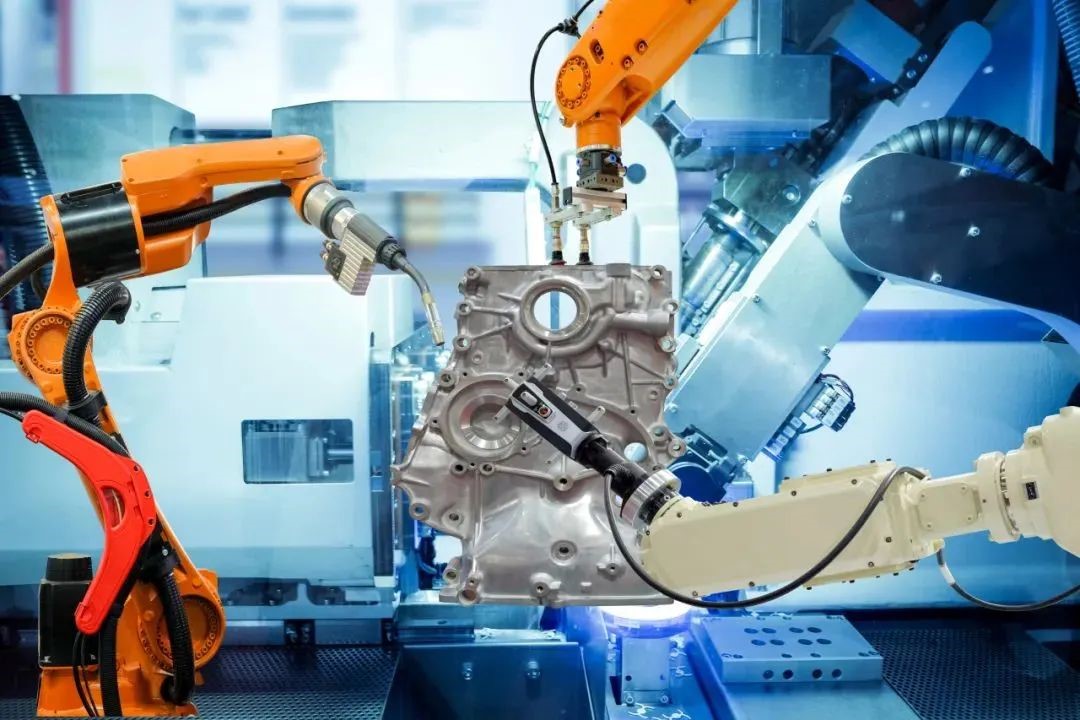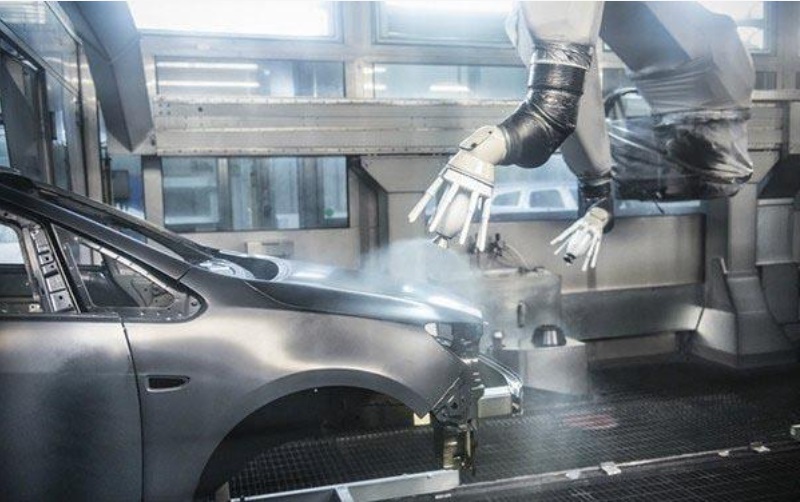Car paint coating is not only a beautiful exterior for vehicles, but also an important barrier to resist environmental erosion. Research has shown that the lifespan of coatings is influenced by three core factors: surface treatment (60%), coating application (25%), and coating quality (15%). In recent years, with the deep integration of materials science, intelligent manufacturing, and green technology, the field of automotive coating has ushered in revolutionary breakthroughs. From optimizing coating performance to improving construction efficiency, to practicing environmental protection concepts, it has shown a multi-dimensional innovative development landscape.

Innovative materials reshape the performance boundaries of coatings
The new generation of protective coatings is breaking through traditional limitations. Aliphatic polyurea products represented by LINE-X Ultra can achieve impact resistance and wear resistance comparable to traditional powder coatings with an ultra-thin spray thickness of only 20 mils. Its unique aliphatic structure endows it with excellent UV protection, avoiding fading and aging caused by long-term sun exposure. At the same time, it is compatible with surfaces of multiple materials such as steel, aluminum, and glass, providing long-term protection for the entire vehicle and its components.
Driven by personalized demands, thermosensitive color changing coatings have become the focus. The microcapsule packaging technology developed by Conte in the UK instantly colors the coating upon contact with cold water (such as orange), giving the vehicle dynamic aesthetic expression. Although the current product lifespan is only 4-6 months, the introduction of UV additives can extend weather resistance, indicating the potential for customized coatings in the future. However, this type of innovation still needs to balance cost (199 pounds per liter) and practicality to meet commercial promotion needs.

Technological innovation drives efficiency leap
The refined improvement of coating technology significantly enhances resource utilization. In the field of electrostatic spraying of water-based coatings, internal charging technologies (such as magazine/injection) have broken through the limitations of traditional external charging, increasing the utilization rate of coatings from 60% to 70% and achieving internal surface spraying. ABB, FANUC and other companies have simultaneously reduced VOC emissions by 30% -50% by optimizing robot algorithms and nozzle designs, in line with the global trend of emission reduction.
The upgrade of EcoBell3 atomizer redefines the standards for spraying accuracy and energy consumption. The new generation of turbine technology reduces compressed air consumption by 40%, and a single robot can save 3500 to 5670 kilowatt hours of electricity per year, equivalent to reducing 3.3 tons of carbon dioxide emissions. Modular design is compatible with the renovation of old systems, combined with chemical nickel protection technology to extend equipment life, highlighting the economy and sustainability of intelligent manufacturing.
Flexible supply and clean production to build a green ecology
Faced with the market demand for small batches and multi-color series, EcoSupply P special coating supply system stands out. Its cleanable design reduces color change time by 50% and the amount of flushing agent by 70%, especially suitable for water-based paints and high solid content coatings. The practice of a factory in the United States has shown that the investment payback period of the system is significantly shortened, while reducing raw material waste, responding to the dual challenges of supply chain resilience and cost control.
In the pre-processing stage, dry ice cleaning technology overturns traditional water washing processes. The case of cooperation between Eisenman and car companies shows that dry ice blasting does not require chemical solvents, eliminates wastewater discharge, reduces single machine energy consumption by 60%, and is suitable for automated cleaning of complex geometric components. This technology reduces carbon emissions in the pre-treatment process by 45%, completing a crucial link in the green coating chain.
Technological collaboration and ecological closed-loop
The above innovations do not exist in isolation, but form a synergistic effect: high-performance coatings need to be matched with precision spraying equipment to achieve ultimate efficiency, while green processes rely on the synergistic optimization of materials and equipment. For example, the ultra-thin characteristics of LINE-X Ultra require atomizers to have higher precision, while the high utilization rate of water-based coatings requires precise measurement by the supply system.
In the future, with AI algorithms optimizing spray parameters, photovoltaic energy driving production processes, and bio based coatings replacing petrochemical raw materials, automotive coating will move towards the vision of a "zero carbon factory". According to McKinsey's prediction, by 2030, the comprehensive application of the above technologies can reduce carbon emissions from bicycle painting by 75%, reduce overall costs by 20%, and truly achieve a win-win situation of environmental and economic benefits.
The iteration of automotive painting technology is not only a microcosm of industrial upgrading, but also a smart answer to human resource constraints and environmental challenges. From micro level material molecule design to macro level factory energy management, every innovation is writing an industry chapter of 'more beautiful, stronger, and more sustainable'.